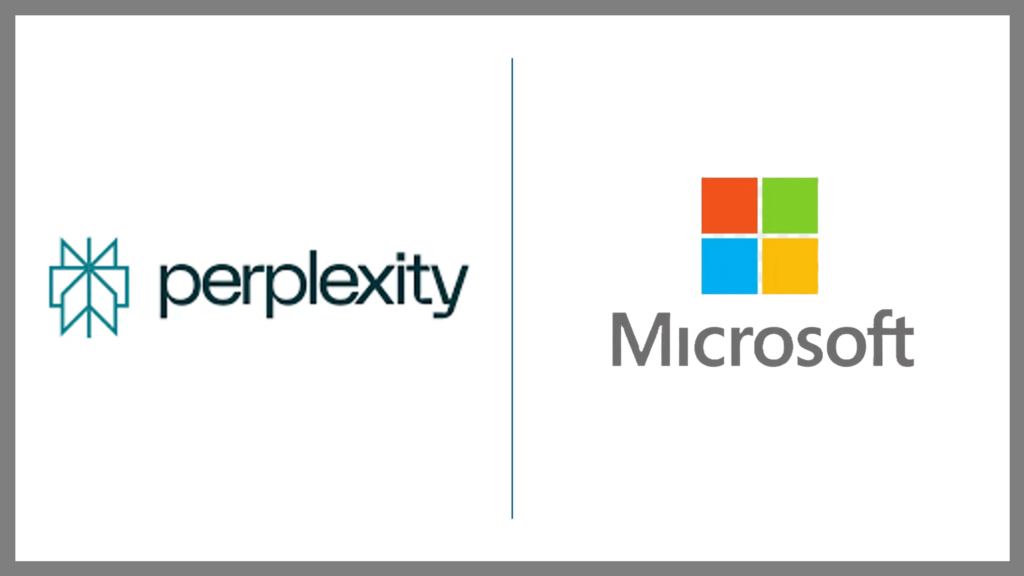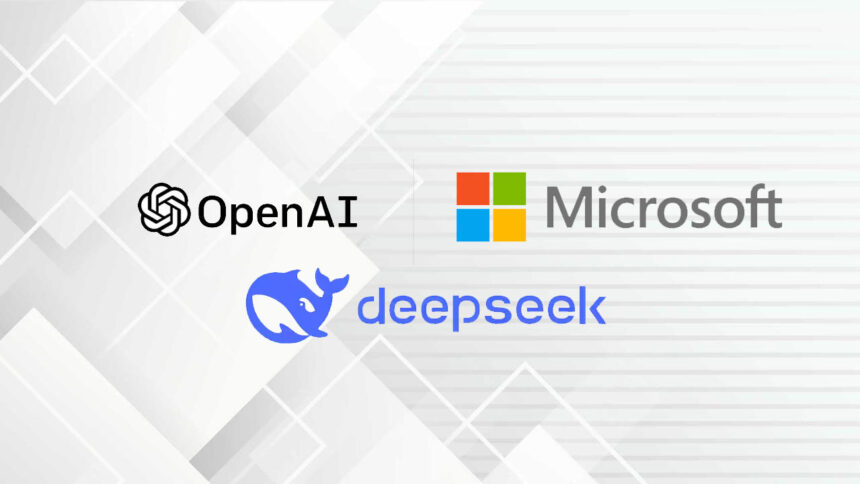In the world of artificial intelligence, DeepSeek, a Chinese AI chatbot, has taken the tech scene by storm. But with its rapid rise, controversy surrounds its development. OpenAI has accused DeepSeek of violating intellectual property (IP) rights by using OpenAI’s models to train their own. Meanwhile, Microsoft and Perplexity, two significant players in the AI world, have embraced the DeepSeek R1 model despite concerns about data privacy and censorship. What does this mean for the AI ecosystem and the companies involved?
What’s Happening & Why This Matters
DeepSeek’s Alleged IP Violations
OpenAI claims that DeepSeek engaged in “distillation,” a process in which developers use outputs from powerful models like OpenAI’s to enhance smaller, more efficient models. While this practice is common in the AI industry, OpenAI argues that DeepSeek’s use of its models to create a direct competitor violates its terms of service.
According to reports, Microsoft security researchers spotted data extraction from OpenAI’s API back in the fall of 2024. They flagged the data to OpenAI, which led to an investigation. David Sacks, President Trump’s AI and crypto czar, suggested substantial evidence pointing to DeepSeek distilling knowledge from OpenAI’s models. OpenAI is now considering countermeasures to protect its AI technology from being used by competitors like DeepSeek.
Microsoft and Perplexity’s Response
Despite these concerns, Microsoft and Perplexity have integrated the DeepSeek R1 model into their services. Microsoft made the model available on Azure AI Foundry and GitHub. They’ve also assured users that they’ve conducted “rigorous safety evaluations” of the DeepSeek model, providing a secure and compliant environment for businesses.
Perplexity, a popular AI search engine, is offering the model to its Pro subscribers ($20/month), alongside other models like OpenAI’s GPT and Anthropic’s Claude-3.5. Perplexity CEO Aravind Srinivas claimed that DeepSeek R1 is “the world’s most powerful reasoning model” and emphasized that it offers superior performance and cost efficiency.

However, DeepSeek is not without controversy. Researchers discovered that it had a data vulnerability that exposed sensitive records and internal data online. Additionally, censorship issues have surfaced with DeepSeek’s model. It has been reported that the model refuses to discuss controversial topics like the Tiananmen Square Massacre and the treatment of Uyghurs. These concerns have raised alarms about potential Chinese government access to data shared through the model.
DeepSeek in the Greater AI Industry?
Despite the criticisms, DeepSeek’s popularity continues to grow. It’s praised for its low cost and high performance. Microsoft plans to offer DeepSeek’s models to Copilot+ PC users, allowing them to run a “distilled” version locally, offering increased privacy benefits.
As DeepSeek’s reach expands, its integration into services like Perplexity and Microsoft’s Azure AI indicates that it will play an increasingly significant role in the AI ecosystem. However, questions around data privacy and censorship continue to be pressing issues. For OpenAI, the growing presence of DeepSeek poses a challenge, especially considering that DeepSeek’s technology might be based on OpenAI’s intellectual property.
TF Summary: What’s Next
DeepSeek’s rise in the AI industry presents both opportunities and challenges. While it’s lauded for its high performance and low cost, its alleged use of OpenAI models without permission raises concerns about IP violations and data privacy. As Microsoft and Perplexity embrace DeepSeek’s model, the debate over censorship and the potential for Chinese government access to user data continues to intensify. Going forward, we can expect deeper scrutiny of DeepSeek as it becomes a more prominent player in the AI space. Meanwhile, OpenAI will elevate its efforts to protect its models from competitors like DeepSeek.
— Text-to-Speech (TTS) provided by gspeech.


